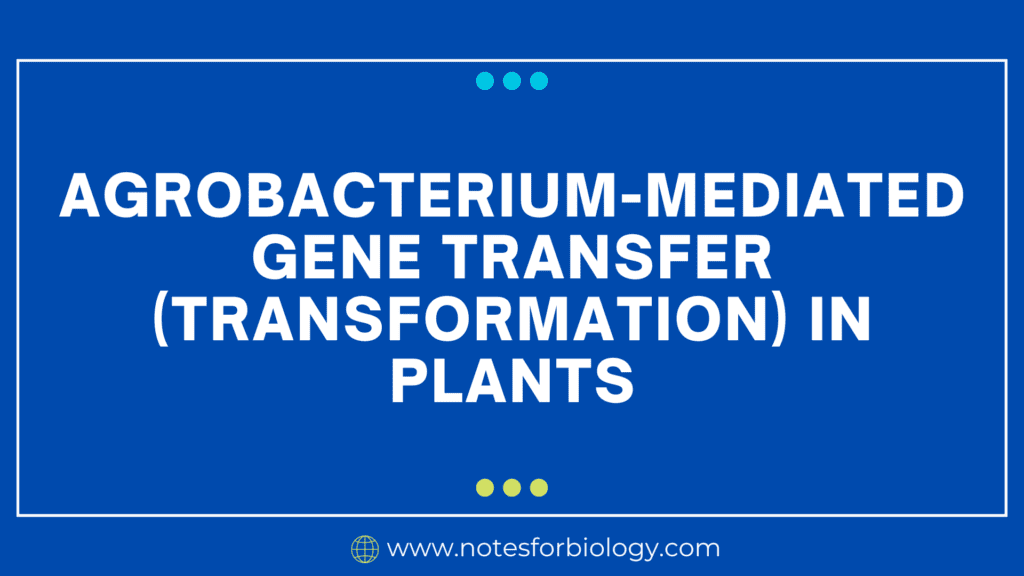Amino Acids- Properties, Structure, Classification, Functions
As the building blocks of proteins, amino acids are essential to many biological processes. From a structural standpoint,it is usually made up of an amino group, a variable group, a carbon atom, a hydrogen atom, and a carboxyl group. It can be divided into four groups based on the variable group: nonpolar, polar, negatively charged, […]
Amino Acids- Properties, Structure, Classification, Functions Read More »








